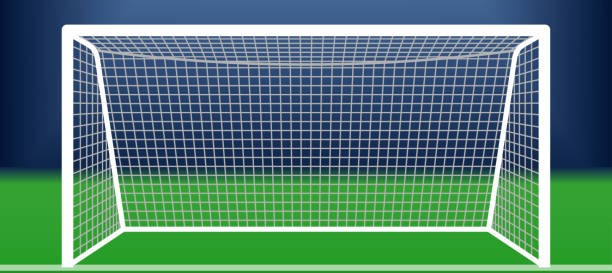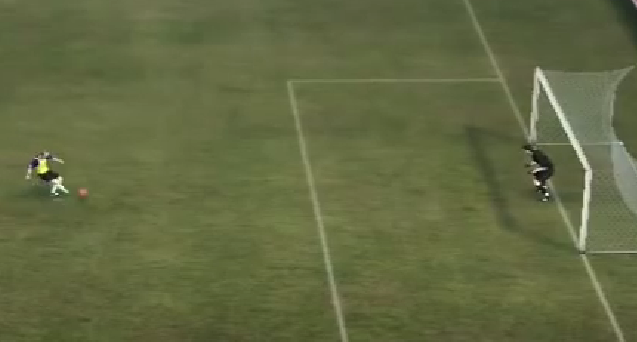













PENALTY KICK.

A penalty kick in football is a method of restarting play awarded to the attacking team when a foul is committed by a
defending player within their own penalty area. It is a critical opportunity to score a goal, given its proximity to the
goal and the limited number of defenders involved. Here’s a detailed explanation of the penalty kick, including when it is
awarded, its delivery, and its strategic implications:
When a Penalty Kick is Awarded:
- ▫ A penalty kick is awarded when a defending player commits a foul (such as tripping, holding, or handling the ball) within
their own penalty area.
- Common offenses leading to a penalty kick include:
▫ FOULS: Any act of misconduct that violates the Laws of the Game.
▫ HANDBALL: Intentional handling of the ball by a defender (except for the goalkeeper within their area).
Taking a Penalty Kick:
- ▫ LOCATION: The penalty kick is taken from the penalty mark, which is 12 yards (11 meters) from the goal line.
- KICKING PROCEDURE:
▫ The ball must be stationary on the penalty mark when the kick is taken.
▫ The player taking the penalty kick (the kicker) can take a run-up to strike the ball, but must not touch the ball more than once.
- ▫ GOALKEEPER'S POSITION: The goalkeeper must remain on the goal line until the ball is kicked. They can move laterally along the line
but cannot come off the line until the kick is taken.
- ▫ FOLLOW-THROUGH: After striking the ball, the kicker should maintain their balance and be prepared for potential rebounds.
Rules Governing Penalty Kicks:
- ▫ IN-PLAY: The ball is considered in play once it has been kicked and moves forward.
- ▫ RETAKING THE KICK: If the goalkeeper moves off the line before the kick is taken or if there are other infractions (such as encroachment
by players), the penalty may be retaken.
- ▫ SCORING: If the ball goes into the goal, it counts as a goal. If the ball hits the goalpost or is saved, play continues.
Strategic Considerations:
- ▫ KICKER'S DECISION: The player must decide where to place the shot (low corner, high shot, etc.) while also considering the
goalkeeper’s tendencies.
- ▫ GOALKEEPER'S TACTICS: Goalkeepers often study penalty takers to anticipate their shot placement and develop strategies to
save the kick.
- ▫ MENTAL PRESSURE: Penalty kicks carry psychological pressure, impacting both the kicker and the goalkeeper. Players may
practice penalty kicks to enhance their composure and technique.
Penalty Shootouts:
- ▫ In knockout competitions, if the match ends in a draw, a penalty shootout may be used to determine the winner. Each team takes a
series of penalty kicks, and the team with the most goals after the designated kicks wins the match.
Summary: A penalty kick is a crucial aspect of football, offering a direct opportunity to score a goal following a foul within
the penalty area. Understanding the rules and strategies surrounding penalty kicks can significantly impact a team's performance
in critical moments of a match. Mastery of the technique and psychological aspects of taking and defending against penalty kicks
can be the difference between victory and defeat.




























